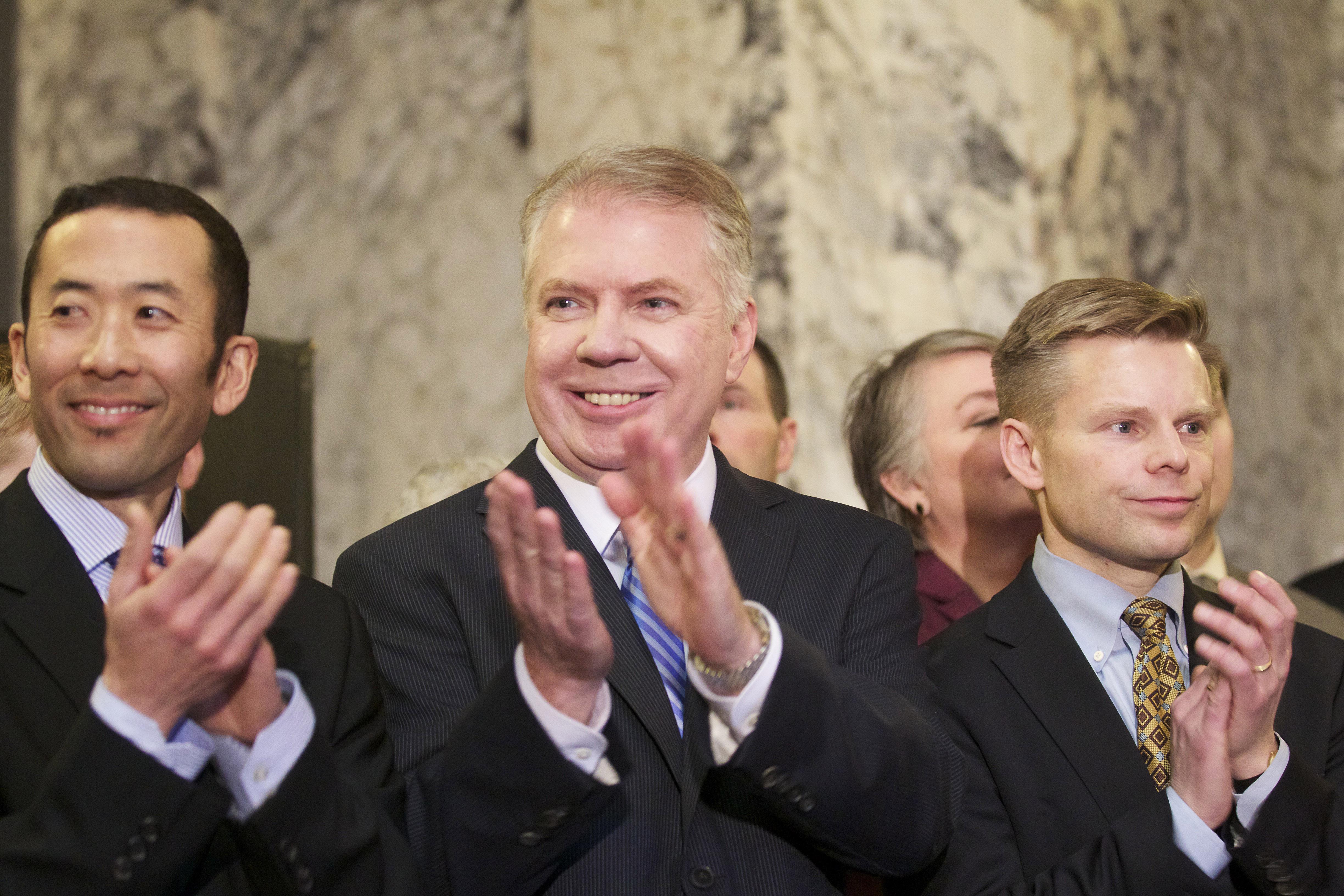Much of the contemporary argument in favor of raising the minimum wage rests on the work of Arindrajit Dube. Along with a rotating cast of collaborators, the University of Massachusetts–Amherst economist has produced an important series of papers suggesting that increasing the minimum wage probably leads to tiny job losses at most, and perhaps none at all.
After getting a little bit of blowback for arguing that Seattle’s plan to gradually raise its minimum wage to $15 might be ill-conceived, I reached out to Dube for his take. Previously, he had told the New York Times that he would be concerned about possible job losses if the federal minimum jumped that high (it’s currently just $7.25), in part because, for example, restaurant-industry employers could start automating jobs. In an email, I asked Dube what he thought about Seattle’s plan specifically. On the whole, I would say he’s more optimistic than I am, though he sees lots of uncertainty:
What would happen from a $15/hour federal minimum wage? The short answer is, we do not really know. It is well outside of the range of experience in the U.S. Is it possible that there would be more of a disemployment effect at that level than has been the case for recent minimum wage increases? And if so, could that take the form of capital-labor substitution? [Editor’s note: That means replacing workers with computers or machinery.] The answer to both of these questions is: yes, it is possible. And in general there are reasons to expect larger disemployment effects at higher levels of minimum wage. (Though note that the optimal minimum wage almost certainly should involve some job loss.) But again, that is not based on the kind of careful studies with credible research designs that I have strived to undertake, and so we do not really know anything about the magnitudes. That is the context of my quote in the New York Times as well as the Washington Post. It is primarily an expression of uncertainty about the impacts from such a policy.
What we do know is that in the range of minimum wages we have seen and studied (including San Francisco’s minimum wage which today stands at $10.74/hour), the most reliable evidence points to fairly small employment effects. I think a sizable and growing part of the economics profession believes that. However, one should be certainly be wary of applying that evidence when considering minimum wages at substantially higher levels.
Now, it is also important to point out that a $15/hour minimum wage nationally means something different from a $15/hour minimum wage in a high- wage city like Seattle, where the bite of such a policy would be smaller. Many economists think that something around half the median (full-time) wage is a reasonable value for the minimum wage. The UK minimum wage is close to this, the OECD average is around this, as was the average US minimum wage over the 1960s and 1970s. Today in the U.S., half the median (full-time) wage is around $9.75/hour. In contrast, preliminary calculations suggest that in Seattle, half the median (full-time) wage is around $11.75. As I understand it, the Seattle mayor’s proposal would place the city’s minimum wage would bring the minimum wage up to around $14/hour (in 2014 dollars). [Editor’s note: Depending on the size of the business, the higher minimum would phase in over three to seven years, so we have to factor in inflation.] So the proposed minimum wage would likely be around 59% of the local median FT wage, assuming the median in Seattle grows at the rate of inflation over the next few years.
This would definitely be on the high end by international and historical standards, but there are countries where the statutory minimum is at similar levels, for example Israel (57%), New Zealand (60%) and France (62%). In the U.S., at its height in 1968, the minimum wage stood at 55% of the median full-time wage. Moreover, the federal minimum wage at times has exceeded 60% of median full time wage in low wage states such as Arkansas or Louisiana.
So, I think it’s fair to say that the proposed level of minimum wage in Seattle is high, but not unprecedented when we factor in the distribution of wages in the area. However, we are not going to be able to predict very well the likely employment impacts of this policy on employment using our existing set of estimates. Experiments such as in Seattle will help us better understand the nature of the tradeoffs we face when it comes to setting minimum wage policy judiciously.
To me, experiment is the key word here. What bothers me about the debate in Seattle is that few on the left seem to be considering the possibility that the best-case scenario won’t come true. There is a very strong argument for hiking the national minimum to around $10 because we have real-world evidence of the potential impact, and even if you factor the possibility of significant job losses, it still amounts to a collective raise for working class families. At $15, as Dube says, we don’t know what happens. I think it’s worth carefully considering what a sub-optimal outcome might look like, and who could suffer as a result.
